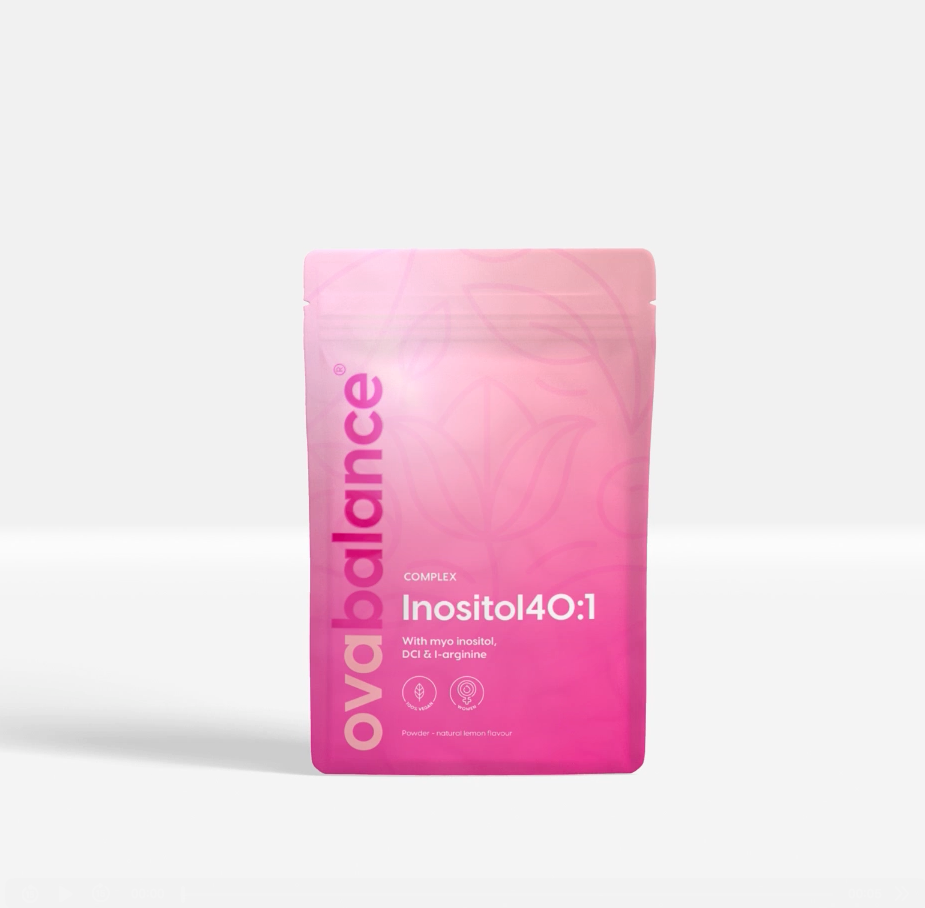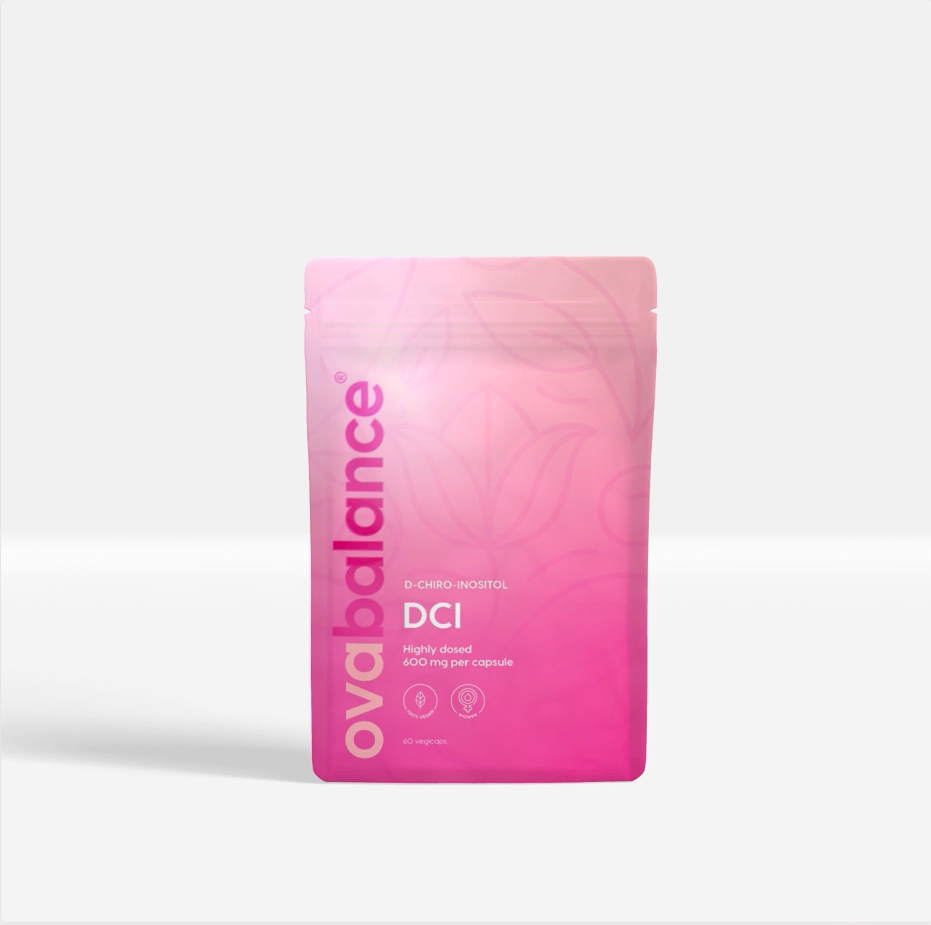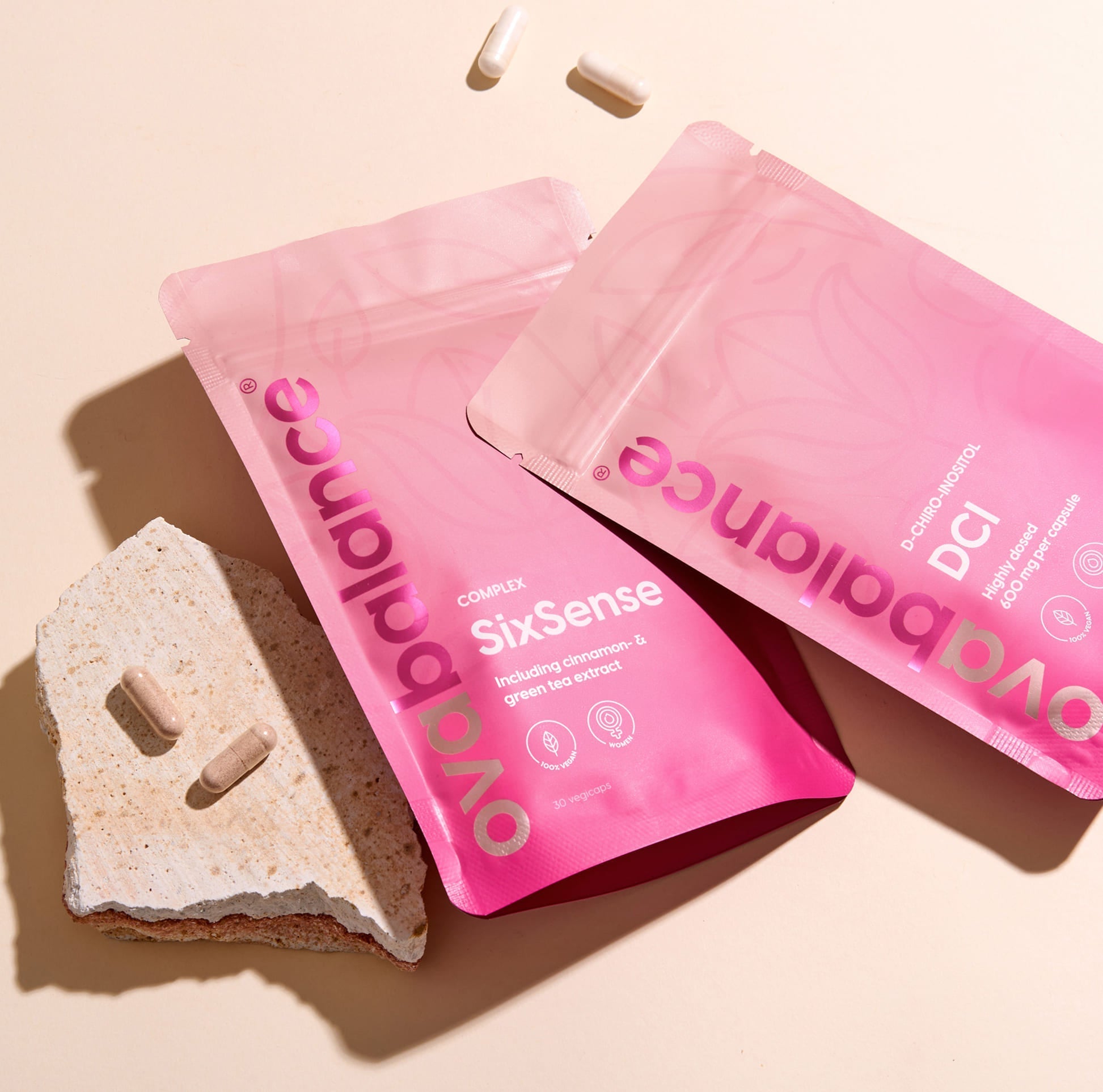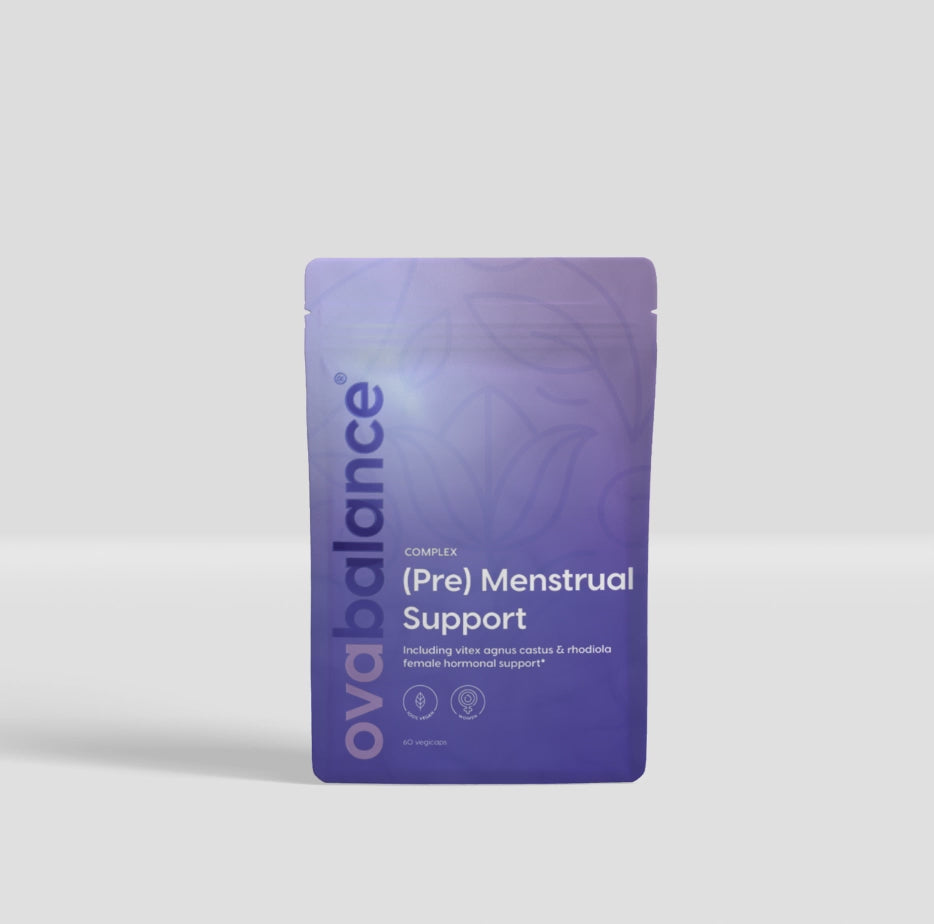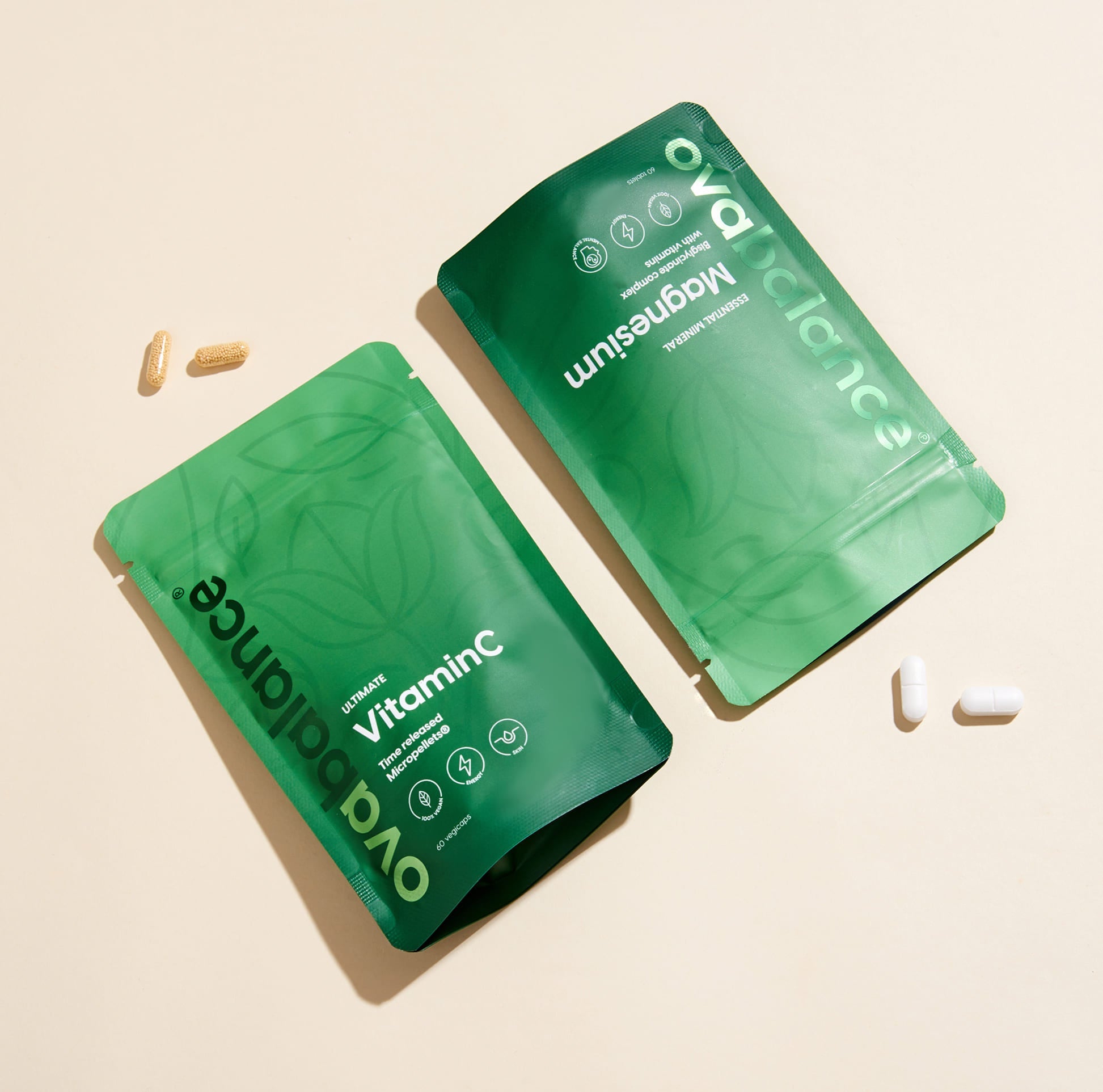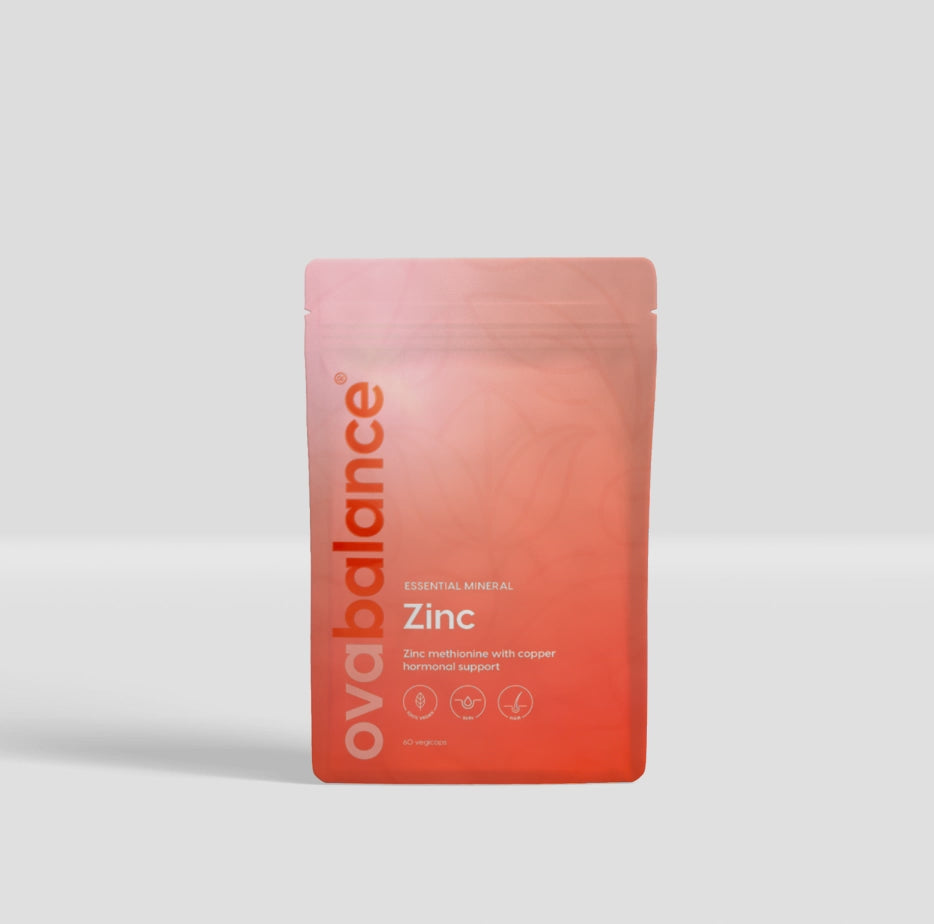
What are my most fertile days?
Do you want to get pregnant? Then you are probably wondering on which days of your cycle you are most fertile. Maybe your cycle is irregular or you just don't know how to calculate your fertile days. In this blog we will tell you all about your fertile days and discuss the most popular methods to determine them.
From the moment your first menstrual cycle starts, your fertile life begins. You are then, in principle, able to become pregnant. Until the menopause, ovulation takes place approximately monthly, a cycle lasts an average of 28 days. This ovulation is also called ovulation. A fertile egg is released from one of your ovaries and moves to the fallopian tube. From there, the egg travels to the uterus. On its way, in the fallopian tube, an egg can be fertilized by a sperm cell.
The right moment for the egg and sperm cell
In order to become pregnant, it is important that the sperm cells reach the egg cell in time. Ideally, they are already ready, waiting until the egg cell jumps and is released from the ovary. Then they are immediately there and fertilization can take place. Even after ovulation, you still have a maximum of two days in which an egg cell can be fertilized. But the sooner you are there, the higher the chance of fertilization.
What are the most fertile days?
Because sperm cells survive longer, your fertile days start before ovulation. Namely about 5 days before. The sperm cells from the man's semen can survive for up to 5 days in the woman's body, waiting for ovulation. The two most fertile days are the day before ovulation and the day of ovulation itself. Your fertile days end two days after ovulation.
Want to get pregnant? Start taking folic acid (or the active form: folate) before you are pregnant. Read more about the use of folic acid here >>
When are you most likely to get pregnant?
You have the best chance of pregnancy if you have sex a few times in the days before ovulation. This is because the sperm cells have a better chance of reaching the egg in time than if you have sex after ovulation. It is recommended to have sex every two to three days in the 6 days before ovulation.
When is my ovulation?
All those probability calculations are fun. But very complicated if you don't know exactly when you ovulate. Your ovulation doesn't always take place exactly on day 14 and your cycle is not always a neat 28 days. There is a lot of variation in cycle length. So many women, so many differences.
A normal menstrual cycle can last between 21 and 42 days. It is useful to know that the time between ovulation and the moment your period starts remains almost constant: namely 14 days. Do you have a regular cycle that lasts the same number of days each time? Then you can calculate the day of your ovulation.
Example: Does your cycle last 31 days each time? Then you ovulate on day 17, because: 31-14=17.
Is your cycle irregular and do you have alternating cycles of different lengths? Then you are definitely not the only one. Many women have this. And then it becomes a lot more difficult to determine when you ovulate. You can no longer calculate it with a simple calculation. You will have to find another way to determine your fertile days. We will discuss a number of popular methods below.
Feeling ovulation
Some women can feel ovulation. They may notice physical sensations around ovulation. These sensations can range from mild to obvious. Symptoms include mild pain or cramping on one side of the lower abdomen, for example. Other signs include changes in vaginal discharge. At the time of ovulation, this often becomes clearer and more stretchy mucus. Although feeling ovulation can be helpful, the symptoms are not as obvious or obvious for everyone. Some women do not notice them at all.
Calculating ovulation with apps
On your phone, you can use all kinds of apps to track your menstrual cycle and your fertile days. If you consistently enter when you have your period every month, you can calculate an average cycle length. The app then shows exactly in a calendar when you are likely to ovulate and what your fertile days are. However, this method is also not very practical if your cycle is very irregular, because there is too much difference in cycle length and fertile moments. Calculating ovulation with a cycle app on your phone therefore works best for women with a regular cycle.
Determining ovulation with ovulation tests
Ovulation tests are a reliable way to identify your most fertile days. These tests measure the increase in luteinizing hormone (LH) in your urine, which peaks just before ovulation. LH is the hormone that causes the mature egg to be released. Some tests use lines to indicate an LH surge. Others show a smiley face on the day you ovulate.
How do I use ovulation tests?
Start testing a few days before your expected ovulation and keep testing until you see a positive result. If you see a positive result, you will probably ovulate within 24 to 36 hours. It is wise to have sex immediately and not wait, for the highest possible chance of pregnancy.
The disadvantage of ovulation tests
Ovulation tests cost a lot of money, especially if you need a lot of them. The more irregular your cycle, the earlier you have to start testing and the more ovulation tests you will probably use before you find ovulation. And if you do find it, there is of course no guarantee that you will actually get pregnant. This method can therefore end up costing a lot of money.
Determining ovulation using the temperature method
Another method to determine your ovulation is by measuring your basal body temperature. Your temperature rises slightly after ovulation due to the increased amounts of progesterone in your blood. This rises by a few tenths of a degree, namely about 0.3 to 0.5 degrees. You must therefore have a thermometer that measures accurately. The temperature increase drops again when you get your period again.
How do I use the temperature method?
By measuring your temperature every morning before you get out of bed and recording it in a graph, you can start to recognize a pattern. A persistent increase in temperature can indicate ovulation. To do this, you have to measure very precisely at the same time every day. A rectal measurement, i.e. via the anus, gives the most accurate results.
The disadvantage of the temperature method
Because you have to measure at the same time every day, you have to be very precise and accurate when following this temperature method. In addition, the temperature increase often only occurs after ovulation, while you are actually more fertile before.
But, there are more uncertainties regarding this method. Your temperature can also be elevated, because you have a virus, for example. And for example alcohol consumption, stress or lack of sleep also affect your body temperature.
Some women also use the temperature method the other way around, as a contraceptive method. But it is certainly not a safe method for that.
When to see a doctor?
Determining your ovulation is really challenging when you have irregular periods. Hopefully, the methods described above will help you get there. And increase your chances of getting pregnant a little. Remember that every woman and every cycle is different. And that it can take months to a year before you get pregnant for the first time. About 80% of women get pregnant after a year of trying.
If you are having trouble getting pregnant and have been trying for over a year, contact your GP. Also, if you are having trouble having sex or if your periods are so irregular that you do not know when or if you are ovulating, that is a reason to go to the GP.
From what day can I test whether I am pregnant?
After your fertile days, come the exciting waiting days. The days in which you can no longer do anything and have to wait to see if fertilization has taken place. The most reliable result of a pregnancy test is obtained when you test on the day that you would actually get your period. But many women want to test earlier. There are also tests available that allow you to test 4 or even 6 days earlier. These tests are more sensitive and measure smaller amounts of the pregnancy hormone.
End of your fertile period
If you have had menopause (your very last menstruation) and therefore no longer have menstrual cycles, you have reached the definitive end of your fertile period. But much earlier it becomes difficult to get pregnant. From the age of 35, the number of eggs decreases drastically and from the age of 40 the chances of pregnancy are even smaller.

